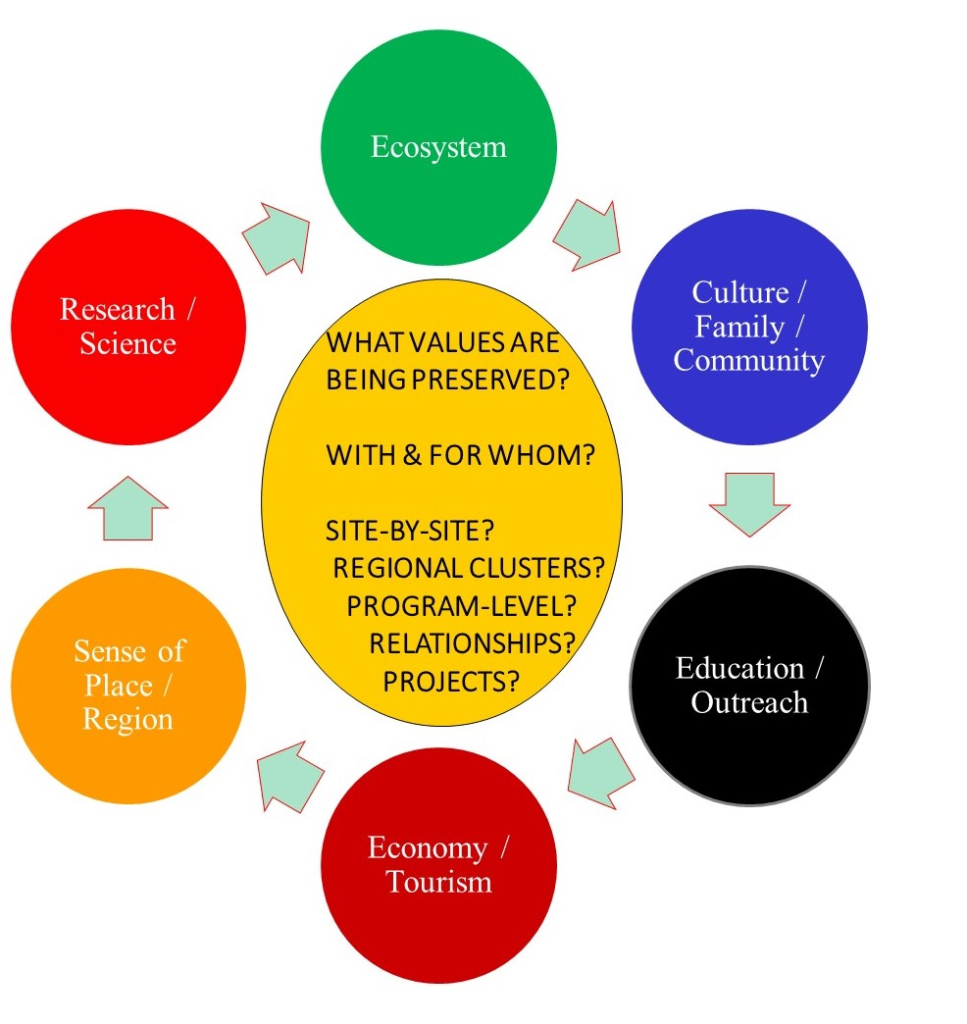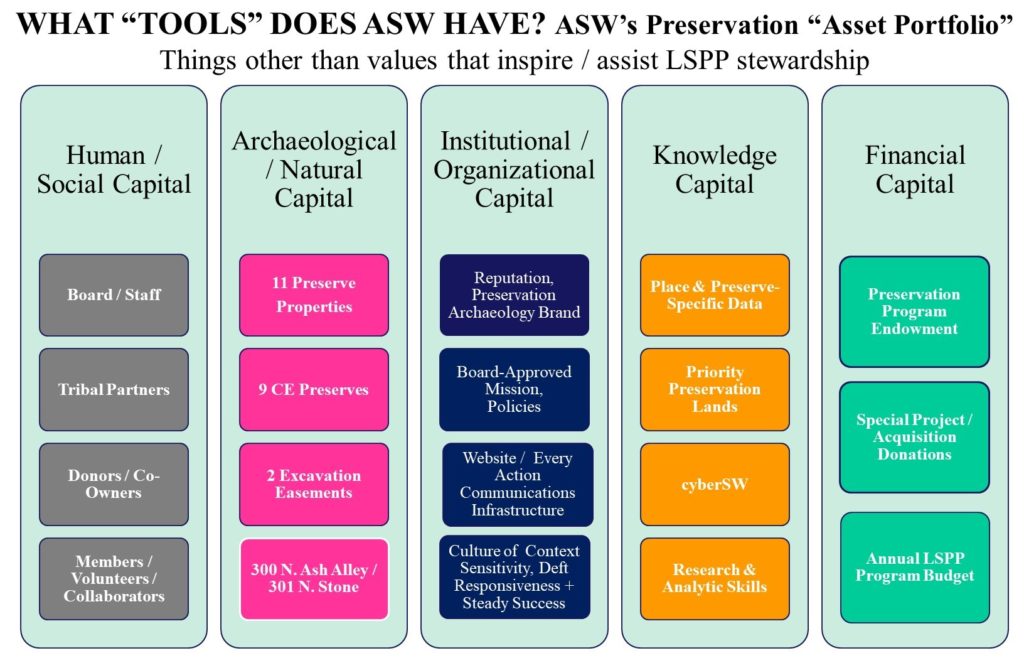- Home
- >
- Preservation Archaeology Blog
- >
- From Opportunistic Reactivity to Proactive Steward...

(January 11, 2021)—Archaeology Southwest’s 2020–21 Café season is pulling back the curtain to show how we pursue our Preservation Archaeology mission. We are still crunching the numbers and compiling the results of our recent membership survey, but a couple of solid findings from that survey deserve mention in relation to Archaeology Southwest’s Landscape and Site Preservation Program.
First, our members and donors care a lot about the conservation aspects of what we do.
Second, they (you all!) want to know more about our conservation work.
My January 5 Café shared more information about the site protection part of the Archaeology Southwest mission, and I invited all—and invite you now—to help advance that mission. In this post, I’ll go deeper into our site preservation efforts, with particular attention to the origins and evolving goals of this essential aspect of Preservation Archaeology. These are key elements of an evolving strategic plan for Archaeology Southwest’s Landscape and Site Preservation Program.
The Landscape and Site Preservation Program’s Contributions to Preservation Archaeology
In a scant two decades, Archaeology Southwest has emerged as a global ambassador for, and proficient practitioner of, Preservation Archaeology. Preservation Archaeology integrates four core elements—cutting-edge research, Tribal engagement, proactive site protection, and public outreach—in and through dynamic responses to context-specific opportunities and challenges. Archaeology Southwest plans and implements Preservation Archaeology to optimize appreciation for and stewardship of the tangible reflections of the American Southwest’s historical and cultural diversity.
Archaeology Southwest’s Landscape and Site Preservation Program (LSPP) plays a central role in four important pursuits in Preservation Archaeology. I find that a canine metaphor helps explain the scope of LSPP functions and collaborations…
Crime Dog: The U.S. Bureau of Indian Affairs–Archaeology Southwest initiative to help Tribes prevent, detect, investigate, and prosecute violations of the Archaeological Resource Protection Act (ARPA). (More on this work in next month’s Café.)
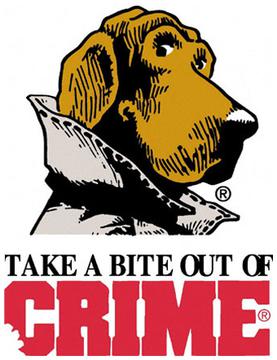
Watch Dog: The unending quest to oblige government agencies to attend to the conservation aspects of their missions and to follow laws, regulations, and standard professional practices in the avoidance and reduction of harms to archaeological resources and associated values. Examples include our advocacy for heritage sites and landscapes on public lands through sustained, landscape-scale campaigns to protect Bears Ears, the Greater Chaco Landscape, and the Great Bend of the Gila.

Guide Dog: The ongoing expansion and deployment of landscape-scale data sets that identify priority preservation lands (PPLs). These are regional clusters of archaeological resources that warrant special consideration in land-use planning.
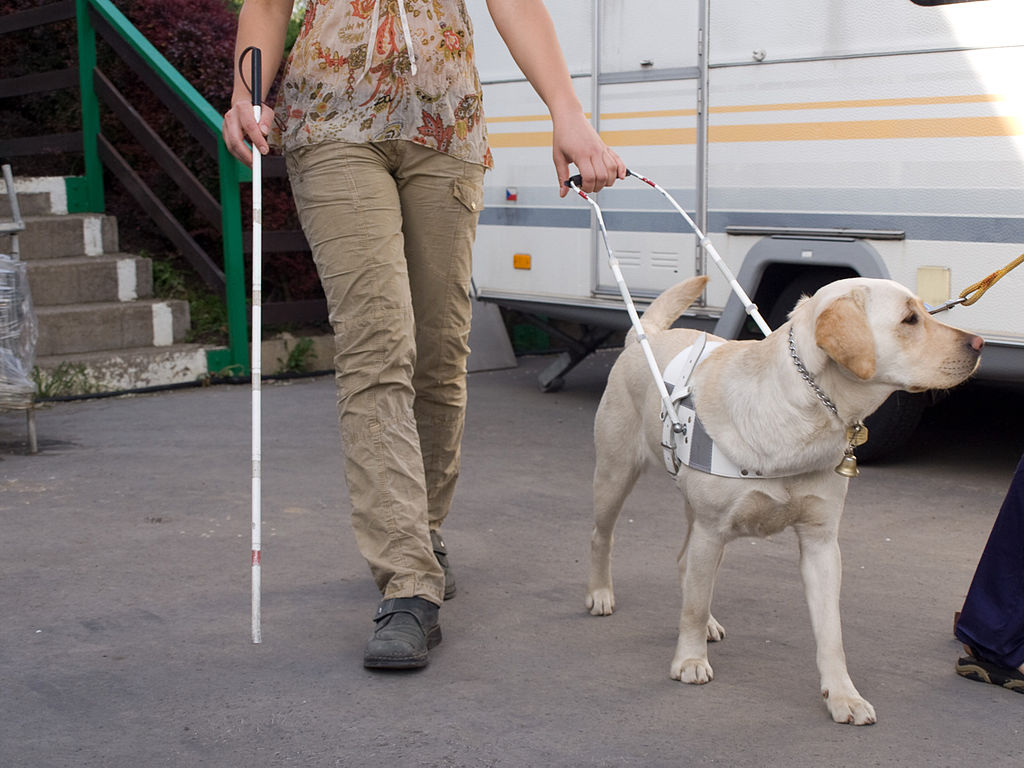
Guard Dog: The stewardship, into perpetuity, of Archaeology Southwest’s 22 Preserves.
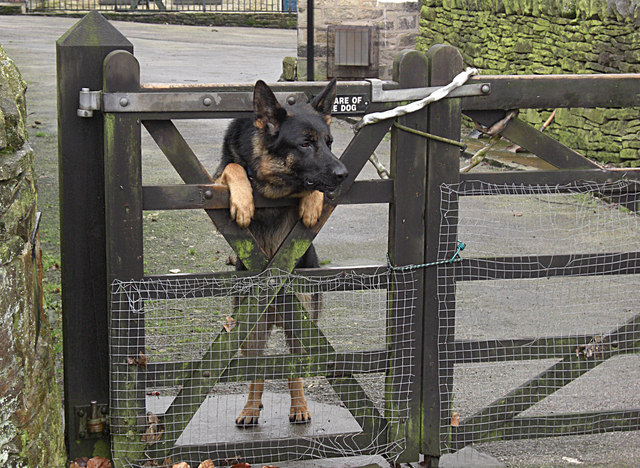
Brief History of Archaeology Southwest’s Preserves
Since the 2002 receipt by our organizational predecessor, the Center for Desert Archaeology, of a suite of Preclassic pit houses and Classic room blocks in the San Pedro River Valley near Cascabel, Arizona, Archaeology Southwest has used real estate tools to protect places important in Native American history and culture. Adaptive responses to the interests of donors, partners, and communities have resulted in our ownership of 11 parcels and in stewardship duties for 9 conservation easements and 2 excavation easements.
As 2021 dawns, Archaeology Southwest’s Preserve portfolio includes more than 100 significant ancient structures and thousands of inspiring petroglyph panels on almost 900 acres. Preserve locations range from the Great Bend of the Gila River and the middle Mimbres River valley on the south to Ramah and Santa Fe on the north. Our Conservation Easement Fact Sheet explains essential differences between fee simple ownership and conservation easements.
Values in Place
Preservation Archaeology is grounded in a values-based approach to learning from, preserving, and sharing information about the places of the past. The Landscape and Site Preservation Program’s policies, practices, and plans are founded upon six core values. These values are embedded in and emanate from all or most heritage places.
- Ecosystem—Aesthetic and instrumental benefits of protected and open spaces
- Culture / Family—Relational and emotional benefits of places that commemorate and perpetuate belonging on levels ranging from individual of culture, family, and community
- Education—Conceptual, practical, and historical lessons embedded in places
- Economy—Locational branding, tourism, and experience values that provide foci for markets for goods, services, and experiences
- Sense of Place—Variously perceived appreciation for human creativity, diversity, audacity
- Research—Process and outcome benefits from the creation and mobilization of knowledge
The six values described and depicted above are embedded within places. Our Landscape and Site Preservation Program seeks to safeguard and cultivate these values while informally applying our version of a community-asset stewardship framework and enabling appropriate Preserve uses. Our framework integrates and mobilizes five varieties of capital in pursuit of landscape and site preservation.
- Human / Social Capital—The people, relationships, and trust that enable efficient and effective actions in Preservation Archaeology and transactions of information and experience, including Archaeology Southwest’s members, staff, Board, Tribal partners, and collaborations at all levels
- Archaeological / Natural Capital—Preserve land parcels and conservation easements
- Institutional / Organizational Capital—Archaeology Southwest’s reputation; policies; communications, outreach, and research infrastructures; and organizational culture of adaptive and dynamic readiness
- Knowledge Capital—Individually and collectively held information about places, place histories, problem-solving, communicating, etc. (cyberSW is an example)
- Financial Capital—Modest operating funds and acquisition-specific access to generous donors
Astute readers may note that this framework does not explicitly reference political capital, often defined as the capacity to influence decisions. Political capital is not mentioned here because it is intrinsic to our mission and best left understated. Archaeology Southwest has accumulated and deployed substantial political capital in efforts to preserve significant sites and landscapes on public lands, especially Bears Ears National Monument, the Greater Chaco Landscape, and in the Great Bend of the Gila.
This simple framework and asset inventory emphasizes investments to optimize preservation outcomes. Secondary benefits from the deployment of diverse assets to achieve landscape and site protection goals include expansions of capital assets and enhancements of integrative links among types of capital assets. For example, the 2020 acquisitions of land parcels adjacent to existing Preserves required allocations of financial capital, but resulted in substantial growth in the four other asset types, including leaps in social capital with acquisition partners and neighbors. Our archaeological and natural capital “accounts” grew through the addition of protections for distinctive resources. The acquisitions resulted in expanded institutional capacities involving property acquisition and will enable growth in knowledge capital as research teams inventory the amazing archaeological records of these lands.
But Why? And for Whom?
So what? Most archaeologists are trained to laser-focus on archaeological / research values in pursuit of knowledge capital. That focus is being redirected as the world fills up, as diverse groups assert their rights and interests, and as governments and societies recognize Indigenous peoples and other traditional owners must be at the table for all decisions affecting their ancestral lands and ancestors’ homes and resting places.
These developments and recognitions point up the need to address a deceptively simple question: Who are we doing Preservation Archaeology for? Who, in effect, are the “clients” for our Landscape and Site Preservation Program? Most archaeologists and preservationists accept and endorse without hesitation the notion of “save the past for the future” and other core principles of conservation ethics, but it seems wise to widen the circle or allies and collaborators wherever possible.
Archaeology Southwest is committed to expanding our audience and clientele beyond the limits of those who already support Preservation Archaeology. In accord with our values-driven mission and the capital asset framework presented above, we seek to learn about values and assets that non-archaeologists/preservationists associate with sites and landscapes.
Our program embraces the principle of providing stewardship attentive to diverse values, to communities that hold those values, to the places themselves, and to the notion of posterity. The list of clients presented in the pyramid that follows makes more explicit our interests in serving places as well as the people who made, make, and find value and meaning in them.
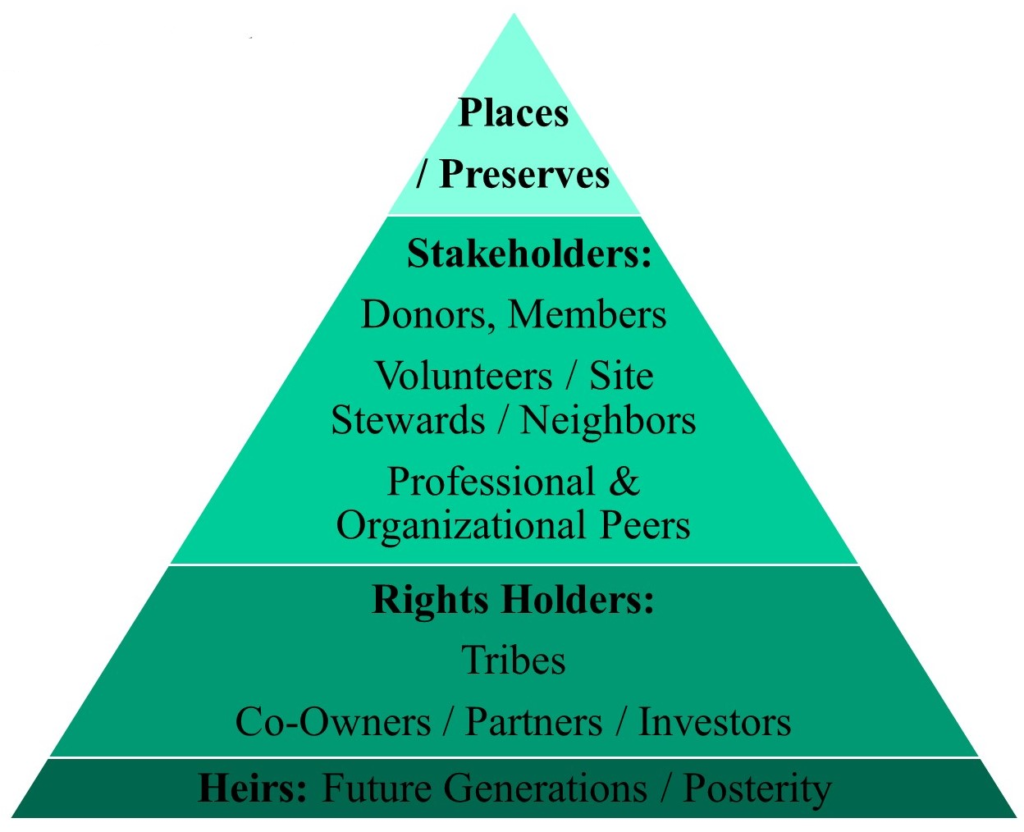
What’s Next? Goals and Desired Futures
Now you have seen the building blocks for the Landscape and Site Preservation Program’s strategic plan, which is still in progress. The plan will guide the site protection aspect of Archaeology Southwest’s mission through 2025. Even in the early stages of this planning process, at least four things are becoming clear.
First, the program has already proved effective in its roles as Crime, Watch, Guide, and Guard Dog. It has accumulated and initiated the inveterate process of integrating and deploying a fairly impressive bundle of unique and potent assets.
Second, innumerable opportunities exist to consolidate and expand Archaeology Southwest’s success as a place-conservation organization. There is an infinite amount of progress to be made.
Third, significant expansion of the reach and impact of Preservation Archaeology in general—and site protection in the American Southwest in particular—hinges on new types and levels of collaborations, most especially with interested Tribes. This is how we will harmonize values, interests, and priorities for investments in landscape and site preservation and ongoing stewardship.
Fourth and finally, site preservation deserves rethinking as a beginning rather than an end for Preserve acquisition and regional campaigns. The core challenge is how to use our Preserves without sacrificing any of the values we acquired them to safeguard.
Given Archaeology Southwest’s substantial assets and proven capacities to deploy these assets in public outreach, in regional planning, and in responding to challenges posed by industrial and infrastructural expansion, the time is ripe for the Landscape and Site Preservation Program to transition. This transition will involve moving from opportunistic Preserve acquisition to strategic mobilization of these extraordinary assets to advance Archaeology Southwest’s mission to explore and protect the places of our past. The program is poised to build on the historical successes of episodic donations and short-term partnerships through integrated and sustained engagement of Tribes, members, and in-house research, communications, and cyberSW capacities and initiatives.
I believe a successful transition will be contingent on two things: remaining open to new and different expressions of place-based values, and acting to protect, steward, and share those values with our expanding clientele. Again, I invite all to join and support our unique, path-breaking expansion and redirection of the site protection aspects of Preservation Archaeology.
